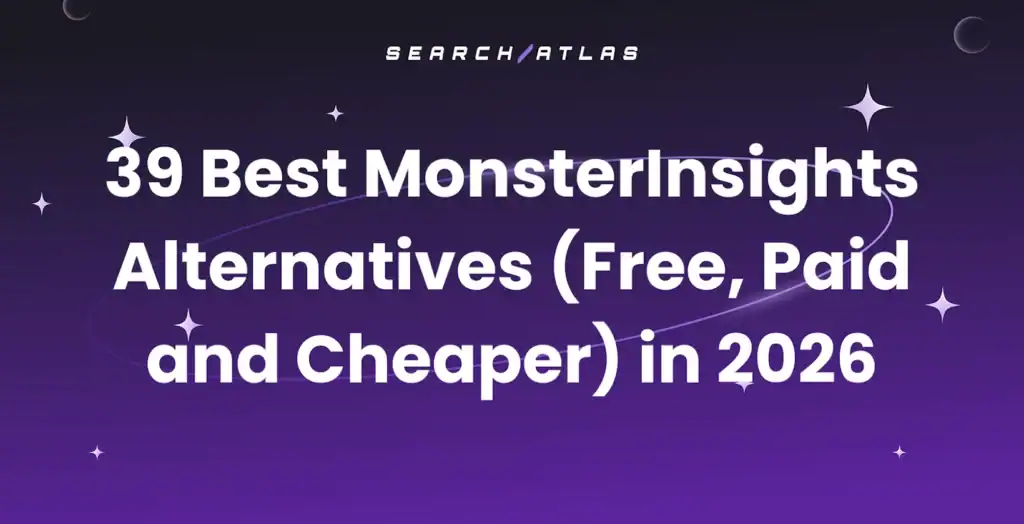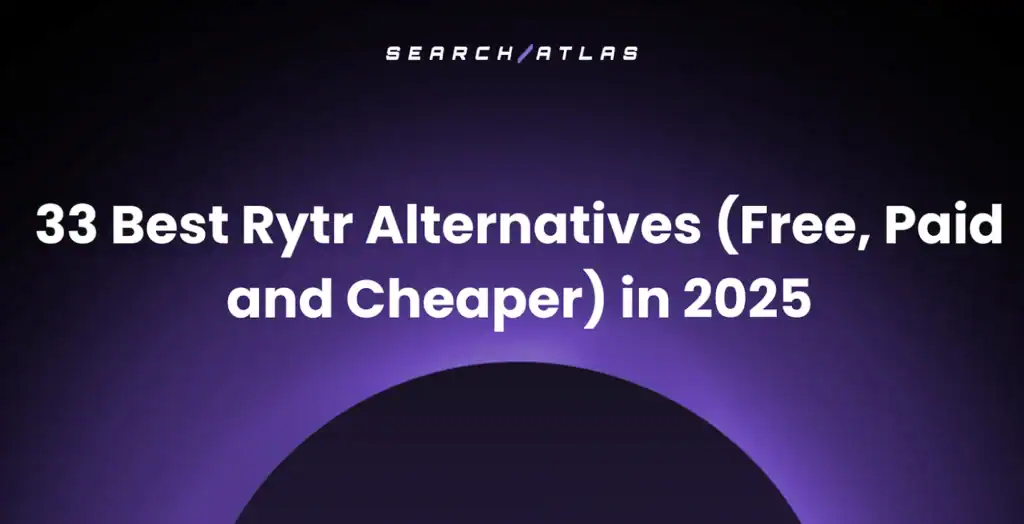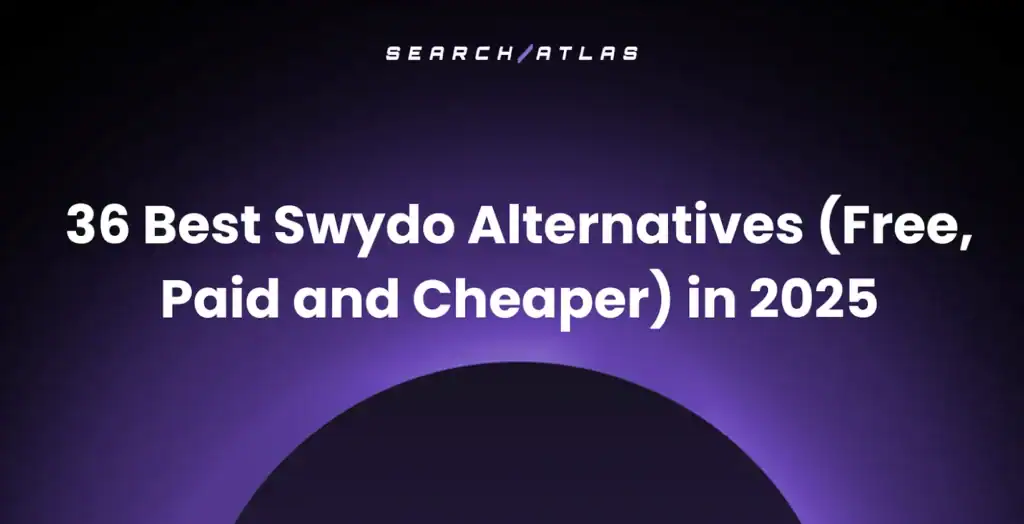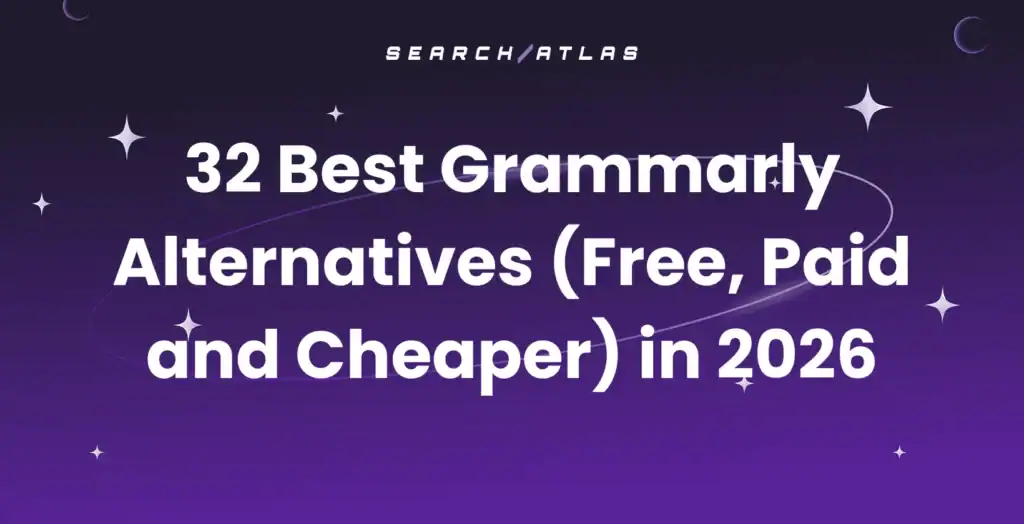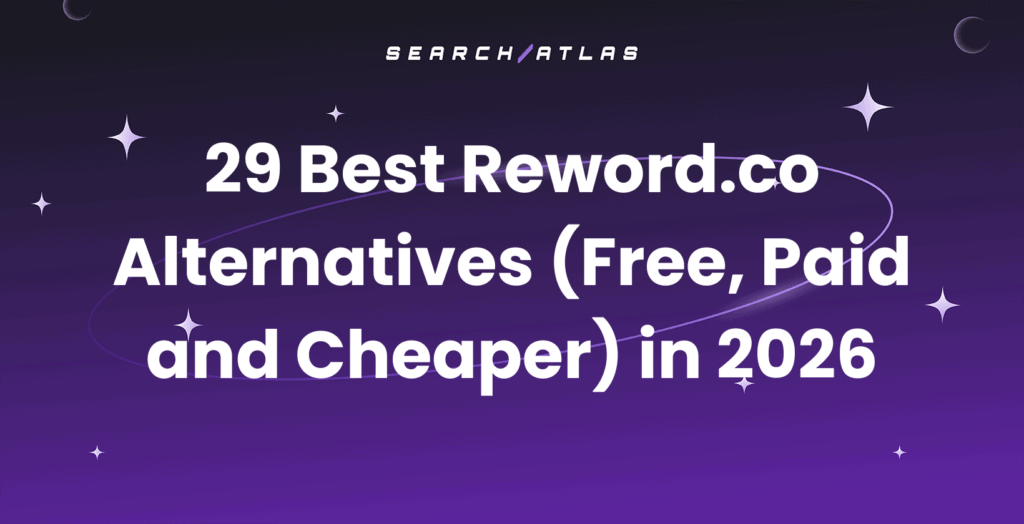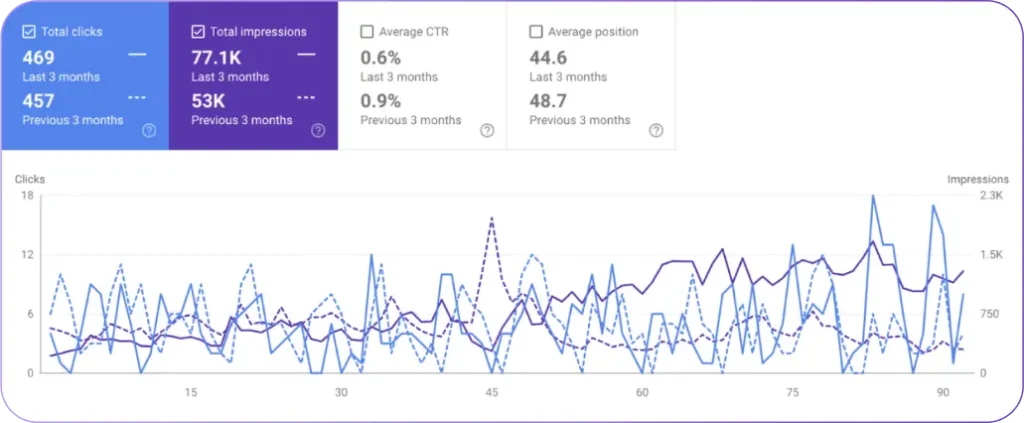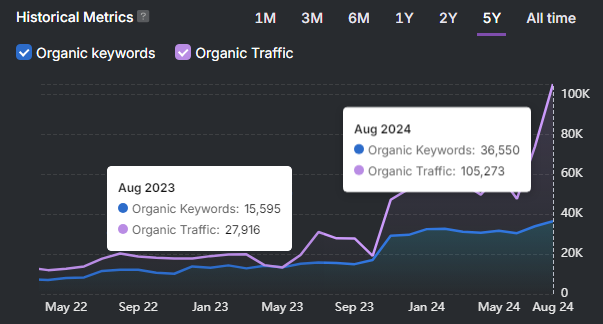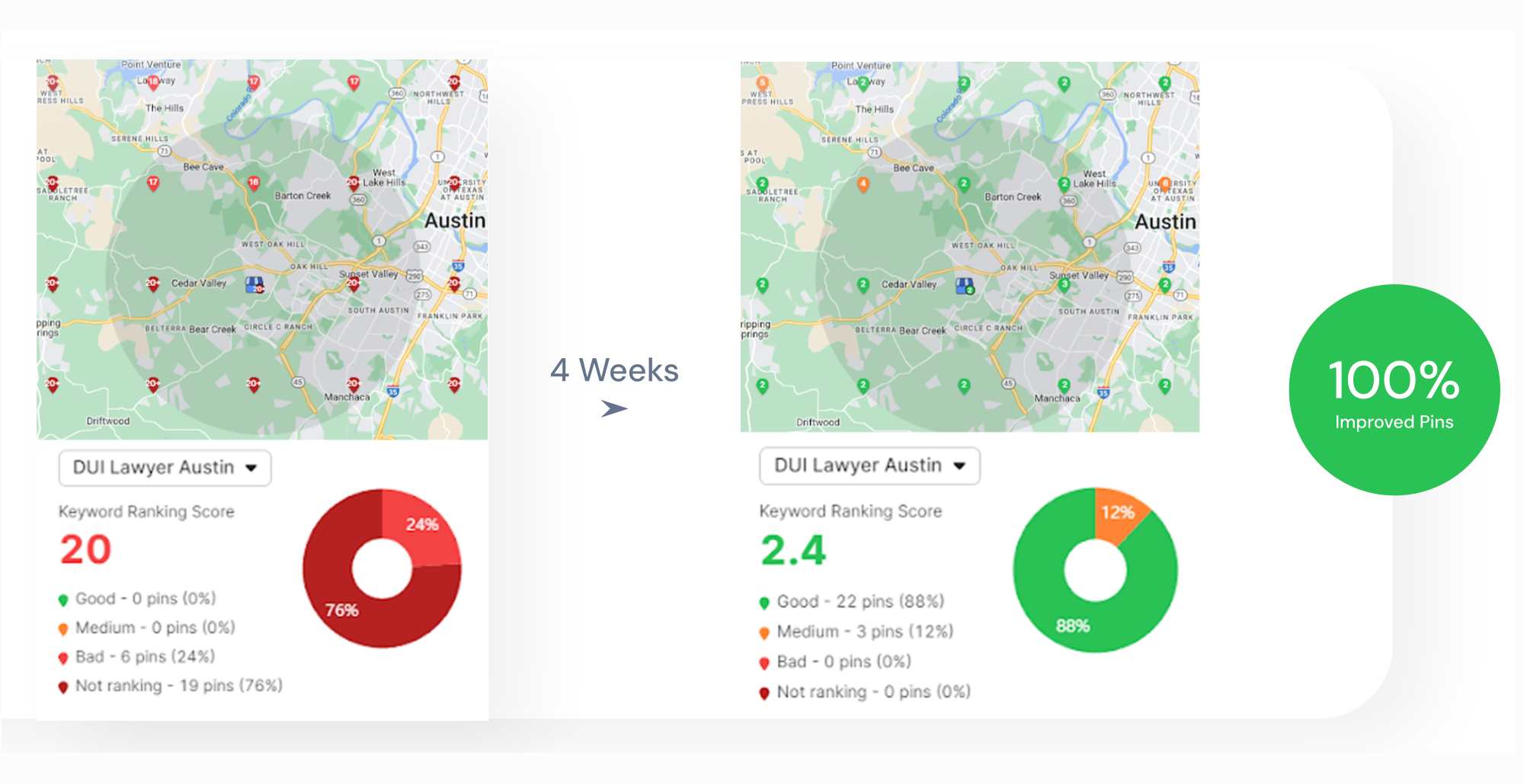White hat SEO techniques are ethical optimization practices. White hat SEO techniques follow search engine guidelines to improve rankings without using manipulative shortcuts.
White hat SEO improves content quality, technical performance, and user experience. White hat SEO techniques focus on creating value for users while helping search engines understand content. Websites that apply white hat SEO techniques avoid penalties and stay competitive over time.
White hat SEO techniques support long-term growth. These techniques increase credibility, generate consistent traffic, and deliver stable rankings.
What Are White Hat SEO Techniques?
White Hat SEO techniques are approved methods used to improve a website visibility in search results. White Hat SEO techniques follow official search engine guidelines. White Hat SEO techniques focus on standard practices like optimizing content, which improves site structure, and using descriptive meta tags.
White Hat SEO techniques are the opposite of Black Hat SEO Techniques, which rely on manipulative or deceptive methods.
Why Are White Hat SEO Techniques Important?
White Hat SEO techniques support long-term visibility through ethical and guideline-compliant strategies. These techniques follow approved practices that align with search engine expectations. The main reasons for using White Hat SEO are listed below.
- Stable Search Presence. White Hat SEO techniques help websites stay indexed and visible without risking removal from search results.
- Higher Organic Rankings. Compliant techniques improve positioning in unpaid results, where most search traffic occurs.
- Long-Term Value. Strategies based on relevance and quality remain effective as algorithms evolve.
- Stronger Trust and Authority. High-quality content, clear navigation, and honest link building improve credibility with both users and search engines.
- Better User Experience. White Hat SEO ensures pages are easy to navigate, readable, and tailored to user intent.
10 White Hat SEO Techniques for Long-Term Search Success
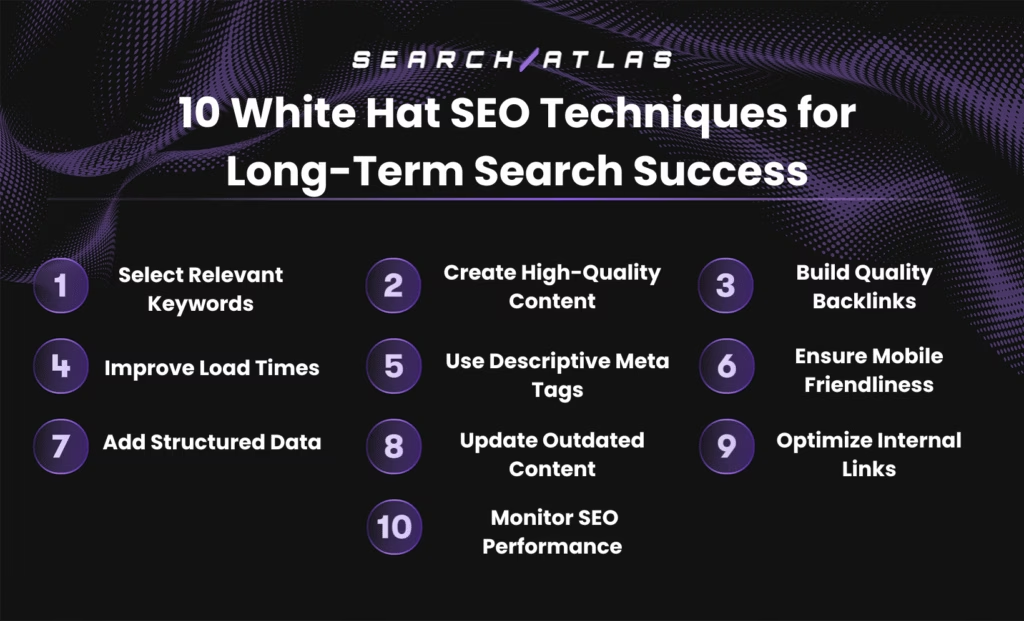
The 10 White Hat SEO techniques that support long-term search success and improve website performance are listed below.
1. Select Relevant Keywords
Select relevant keywords that match user intent and reflect expected content. Keyword selection depends on aligning your page with what users want to find. This alignment helps guide topic coverage and content structure. Search engines consider this match when ranking pages.
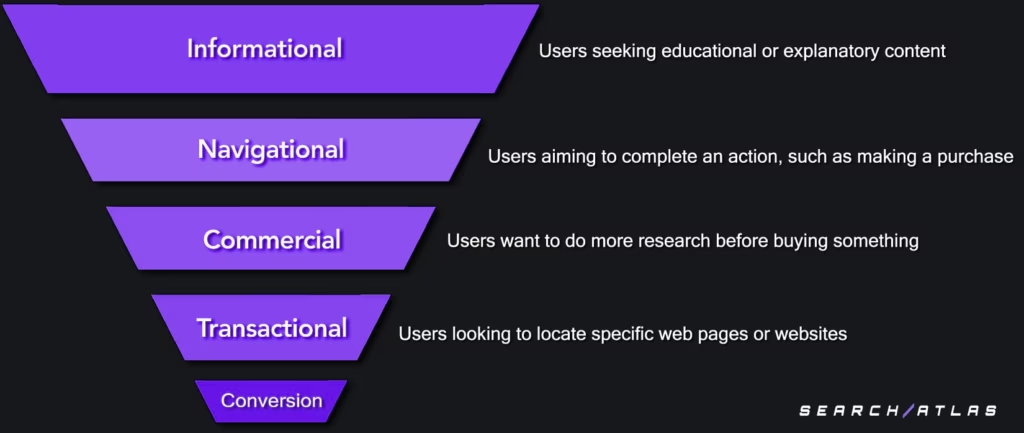
The main types of search intent include informational, navigational, commercial, and transactional. Each type influences how you structure and write your content. Search intent helps ensure your topics match real-world queries.
Conduct keyword research to find relevant terms. The relevant keywords need to reflect both your content goals and user intent. Manual research often misses long-tail variations or misjudges user expectations. Keyword research tools provide structured data and reveal more precise search behavior.
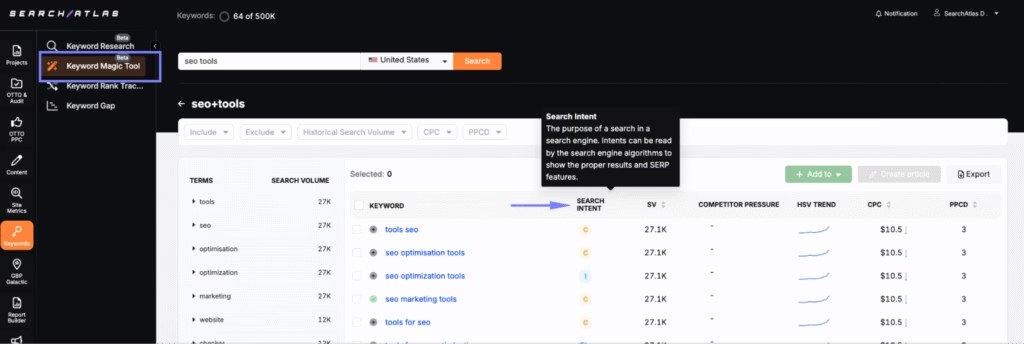
The Search Atlas Keyword Magic Tool groups keyword suggestions by intent. Enter a topic to find long-tail terms already labeled by user goals. Matching search intent supports higher rankings.
2. Create High-Quality Content
Creating high-quality content means offering original, valuable, and relevant information for your audience. Content needs to support a clear purpose and provide complete, trustworthy information. Content that aligns with purpose delivers more clarity and stronger performance.
Pages rank faster when they match a clear intent such as learning, comparing, or exploring solutions. Search engines prioritize helpful content because it improves user experience.
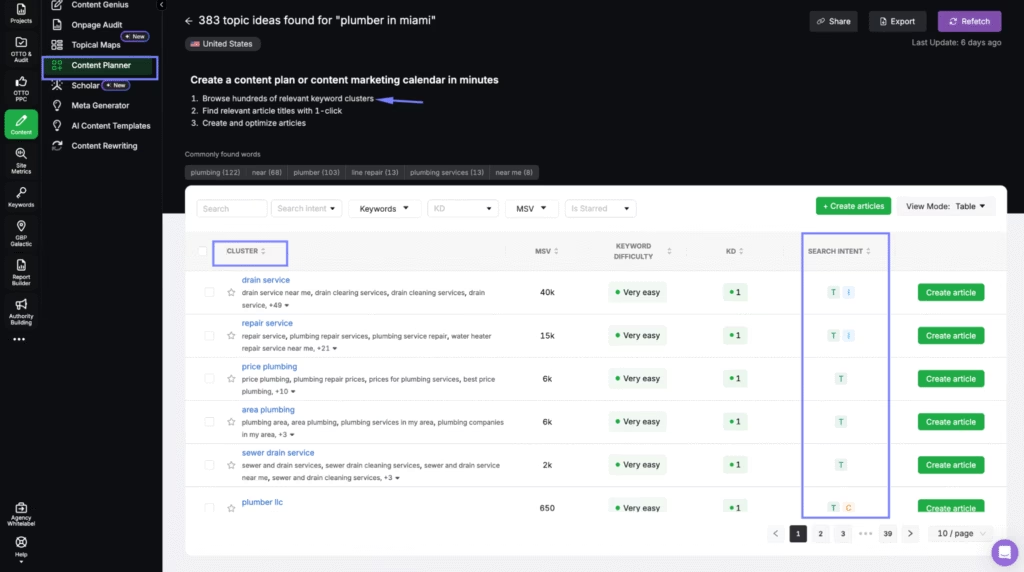
Plan your content before writing. Use a Content Planner tool to organize keywords, map topics, and outline ideas. A content planner tool helps you define clear goals for each page and ensures your coverage matches search intent. Follow best practices for writing high-quality content listed below.
- Write with simple language to improve clarity and reader understanding.
- Break the text into short paragraphs to make content easier to scan.
- Update the information regularly to maintain accuracy and value.
- Include keywords naturally within sentence flow to preserve readability.
- Add visual elements with alt text to support accessibility and context.
AI SEO writing tools reduce manual effort in planning, drafting and writing. These tools generate outlines, sections, and full articles based on real queries.
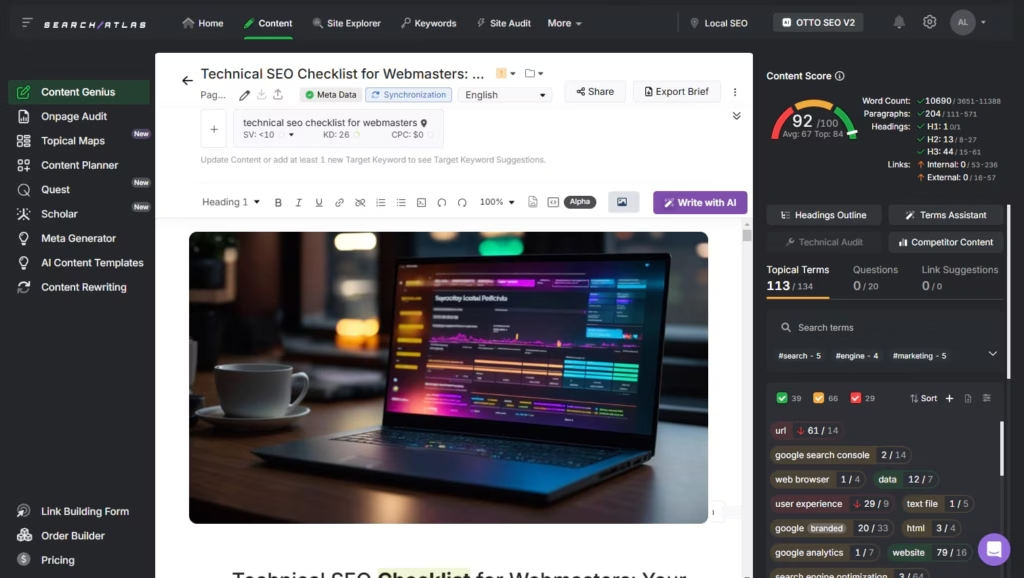
Content Genius is the AI writing assistant inside Search Atlas. Content Genius adapts tone and structure to match audience needs, generates custom images and inserts them into your article with one click.
The method ensures content meets best practices, reflects original thinking, maintains quality, and builds topical authority for long-term SEO performance.
3. Build Quality Backlinks
Backlinks are links from other websites to your own. Building quality backlinks means earning them from reputable sources that recognize your content value. A backlink from a trusted domain signals credibility and strengthens topical authority.
White Hat SEO techniques avoid tactics like paid links or link farms. White Hat SEO techniques rely on valuable content, strategic placement, and direct outreach. There are four main methods to earn quality backlinks using White Hat SEO technique.
- Publish guest posts on relevant websites with unique content and contextual links.
- Reverse engineer competitor backlinks and contact those domains with stronger or updated resources.
- Launch digital PR campaigns with newsworthy assets that attract coverage and editorial links.
- Run targeted outreach to journalists, bloggers, and site owners with personalized link requests.
The trusted strategies listed below help build quality backlinks through ethical and efficient link-building workflows.
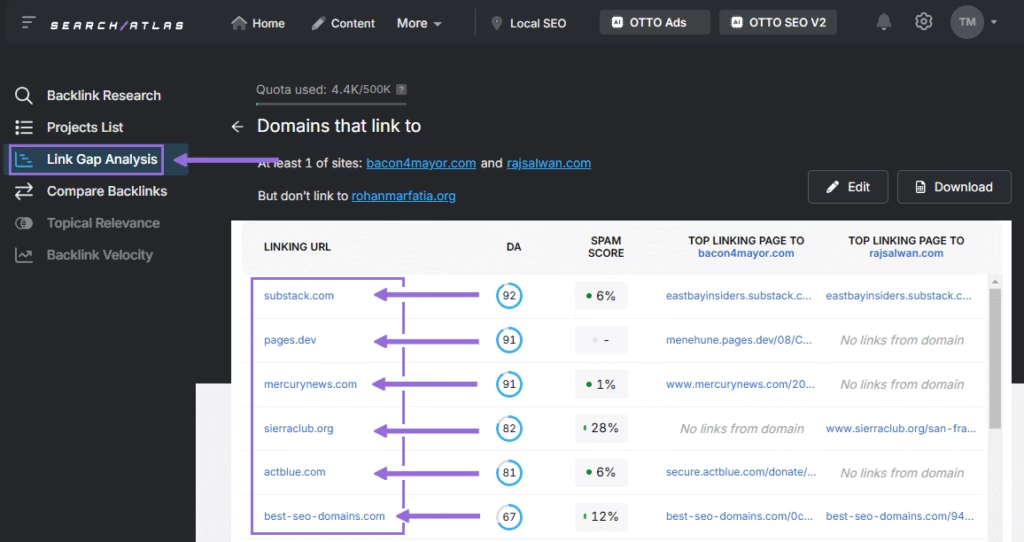
To identify backlink opportunities, use the Search Atlas Link Gap Analysis Tool. The Link Gap Analysis Tool compares your backlink profile to top competitors. The tool shows referring domains, Domain Authority, spam scores, and linking pages to support outreach strategy.
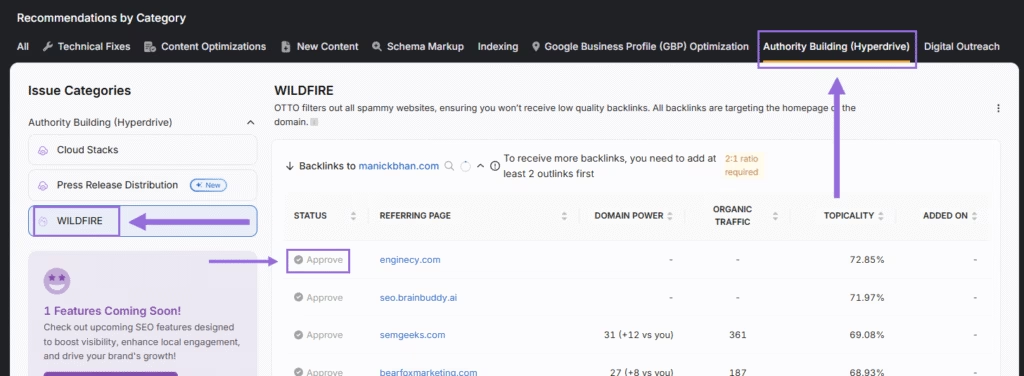
T
o automate and scale backlink acquisition, use WILDFIRE powered by OTTO SEO. WILDFIRE follows a 2:1 model where two outbound links earn one inbound link from a vetted domain.

To find coverage for digital PR assets, use the Search Atlas Digital PR Outreach Tool. The Digital PR Outreach Tool identifies journalists, bloggers, and editors likely to link to your content.
4. Improve Load Times
Improving load times enhances performance and supports both user engagement and search visibility. Improving load times reduces bounce rates by allowing users to access content without delays. Fast-loading pages increase retention across both desktop and mobile.
Google made load speed a ranking factor in 2010. Google recommends keeping load times under 2.5 seconds for the best experience. Run a page speed test to identify your website current performance and what is causing delays.
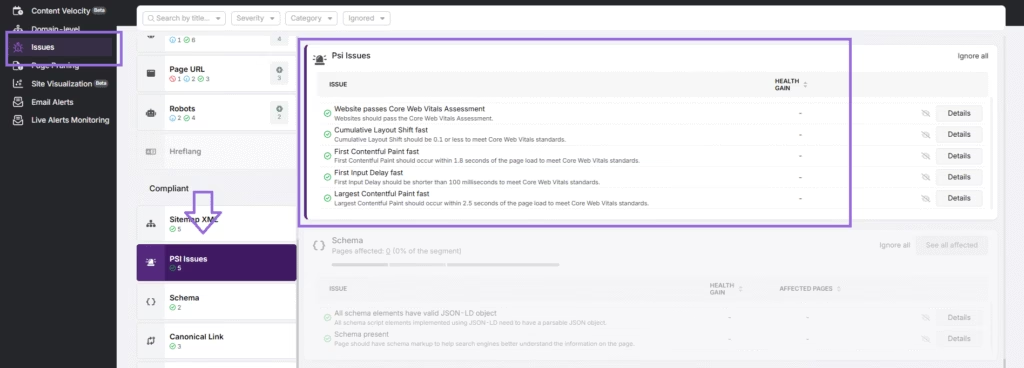
Instead of manually tracking performance issues, use SEO tools. The Search Atlas Site Auditor monitors load speed daily using Google API and scans your entire domain for slow-loading pages.
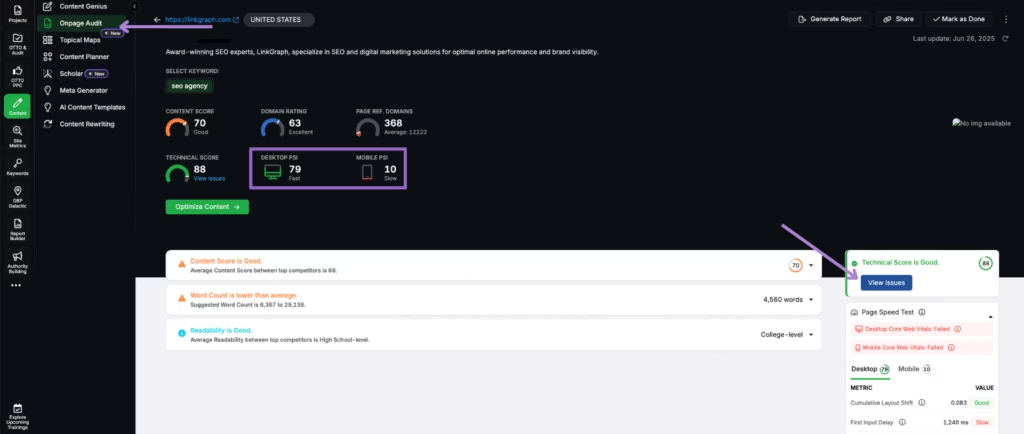
To improve speed, compress images, eliminate unused code, and enable browser caching. The Search Atlas On-Page Audit Tool flags bottlenecks across desktop and mobile, links to affected URLs, and provides step-by-step actions to compress files, streamline code, and reduce delays.
5. Use Descriptive Meta Tags
Descriptive meta tags define how your pages appear in search and influence click-through rates. Descriptive meta tags improve relevance signals by showing clear, keyword-aligned summaries to both users and search engines.
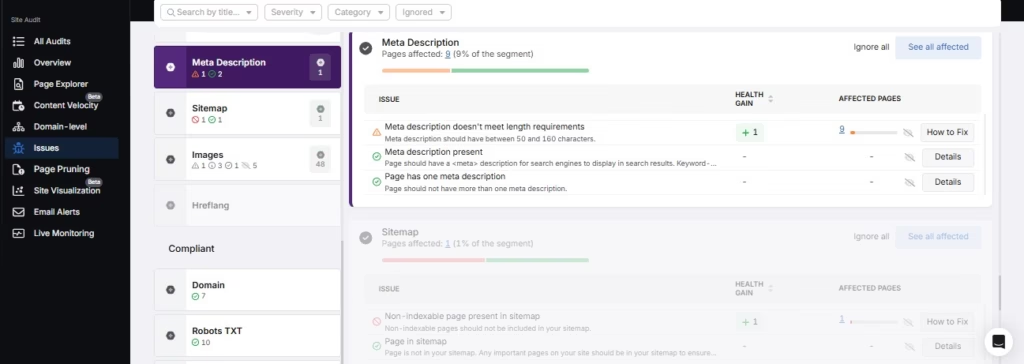
Audit your metadata to identify missing, duplicated, or underperforming titles and descriptions. Use an SEO audit tool to scan site-wide meta tags and flag weak or missing entries.
Write meta titles that state the main topic. Write meta descriptions that reflect the page content. The best practices to write high-performing meta tags are listed below.
- Write meta titles that include the primary keyword.
- Keep titles under 60 characters to avoid truncation.
- Use direct language to clarify what the page covers.
- Keep meta descriptions under 155 characters.
- Focus on clarity, topical match, and action-driven phrasing.
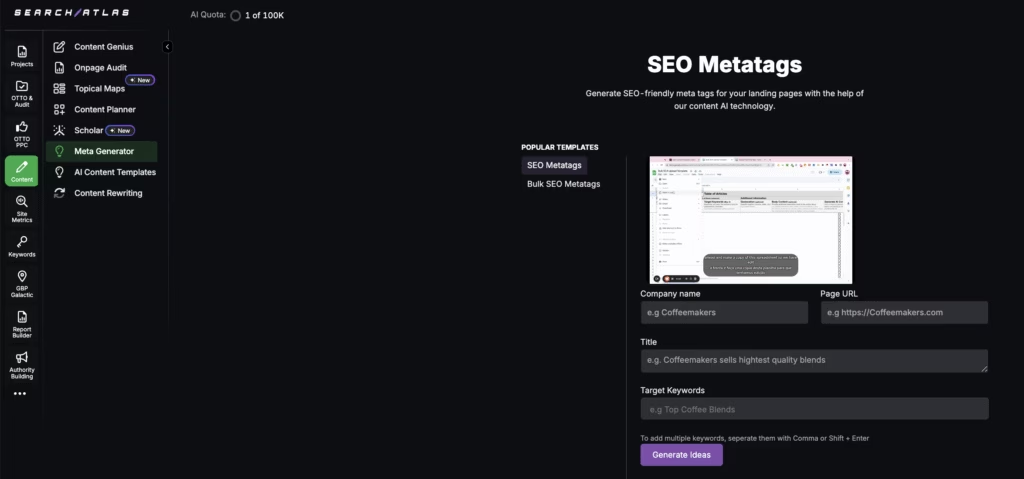
The Search Atlas Meta Generator Tool crafts optimized titles and descriptions that balance keyword relevance with compelling messaging, which make it easier to scale on-page optimization across your entire site.
6. Ensure Mobile Friendliness
Mobile friendliness refers to optimizing a website for mobile devices. Mobile friendliness supports search visibility because Google uses Mobile-First Indexing across all rankings.
A mobile-optimized site improves load times, boosts engagement, and reduces bounce rates from mobile users. Improve mobile experience using the steps listed below.
- Apply responsive layouts to prevent hidden content and layout shifts across screen sizes.
- Ensure the same primary content, metadata, structured data, and internal links appear on desktop and mobile versions.
- Compress images, minimize scripts, and enable browser caching to meet speed benchmarks on mobile.
- Remove intrusive pop-ups that disrupt usability or block content.
Search Atlas Site Auditor Tool evaluates your mobile version, highlights crawlability gaps, and flags design mismatches. The report includes affected URLs and recommended fixes based on Google’s mobile-first guidelines.
7. Add Structured Data
Structured data refers to code that helps search engines interpret on-page content more accurately. Structured data supports visibility by enabling enhanced results, such as ratings, pricing, product info, and FAQs.
Structured data increases eligibility for rich snippets and featured results. Listings with structured data appear more visually distinct and often attract more clicks. Valid markup improves compliance with Google requirements for rich result eligibility.
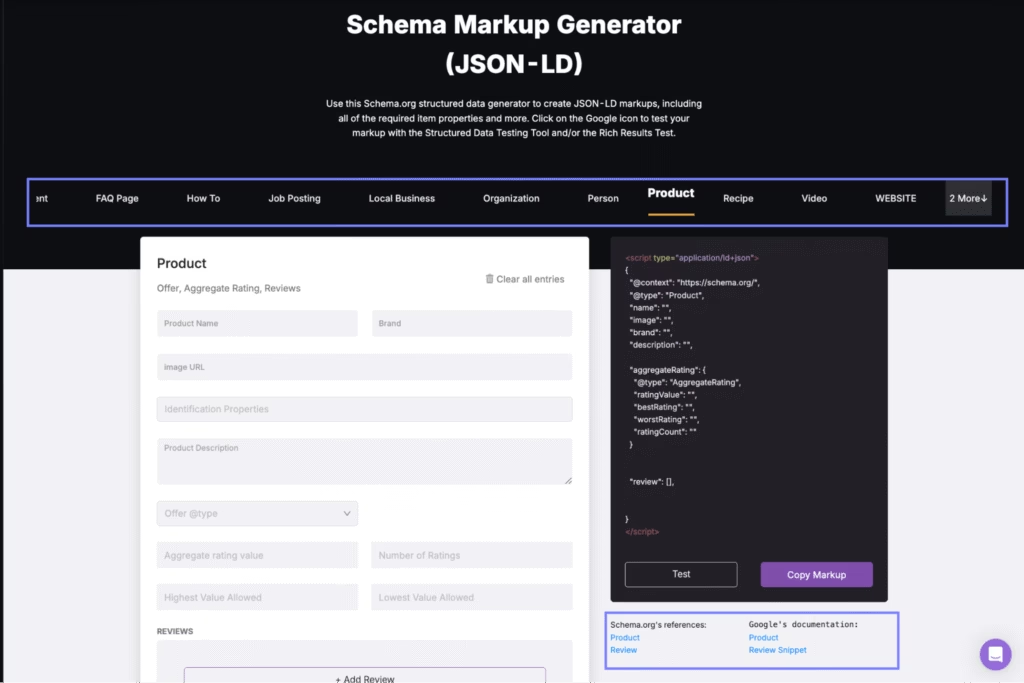
Add structured data using schema markup generator tools. These tools generate valid code, highlight missing fields, and reduce the chance of syntax errors. After publishing, run the test to confirm your structured data is valid and fully supported.
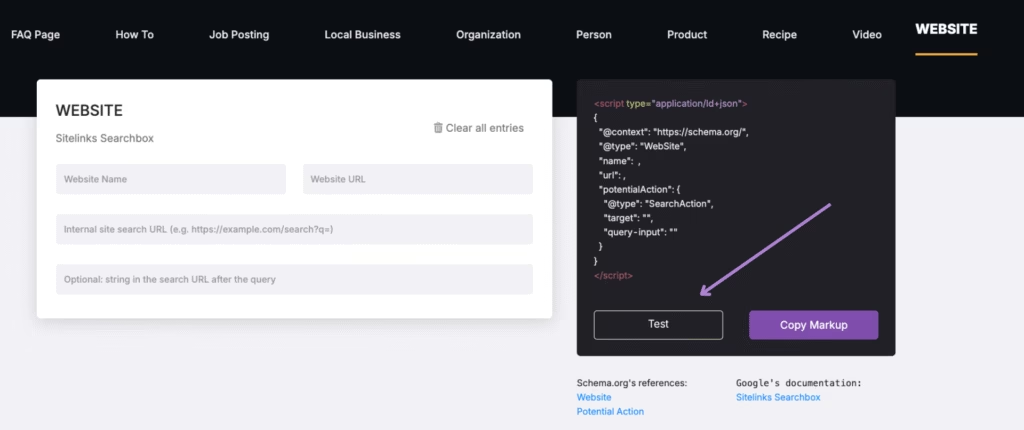
8. Update Outdated Content
Outdated content refers to existing pages that no longer reflect current facts, formats, or search behavior. Outdated content appears when blog posts, articles, or landing pages fail to evolve with user expectations or industry trends.
Outdated content affects performance by lowering topical authority, reducing visibility, and weakening user engagement. Updating existing content restores topical authority faster than publishing a new page. Update outdated content using the tips listed below.
- Find content with high past traffic but recent ranking drops.
- Rewrite titles and intros to match current search intent.
- Add updated facts and information that reflect recent changes in your industry.
- Set a 12- to 24-month update schedule to maintain accuracy and search value.
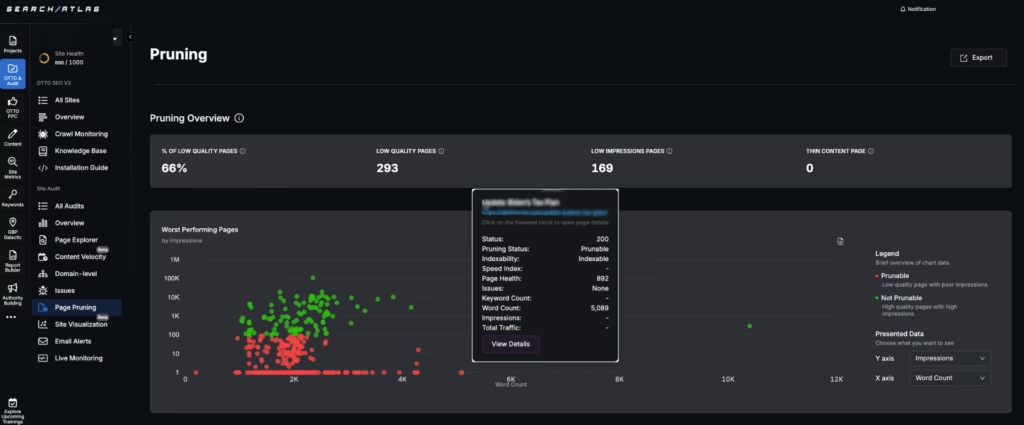
The Search Atlas Content Pruning Tool highlights pages with declining visibility, low engagement, or thin content signals. The Content Pruning reports flags outdated URLs and recommends whether to update, merge, or remove them. Follow the insights to improve overall content quality and ensure that only accurate, relevant material remains indexed.
9. Optimize Internal Links
Internal links are hyperlinks that connect one page to another within the same website. Internal links appear in menus, content blocks, and footers. Internal links help search engines discover pages, reinforce topical relationships, and distribute link equity across your content.
Build an effective internal linking strategy by following the six tactical steps below.
- Identify high-value pages based on SEO goals and business priorities.
- Link from authoritative pages to weaker targets to transfer link equity.
- Group related pages into topical clusters to strengthen semantic relevance.
- Create bidirectional paths by linking to and from priority pages.
- Add homepage links to distribute domain-level signals across key content.
- Vary anchor text to maintain a natural and balanced linking profile.
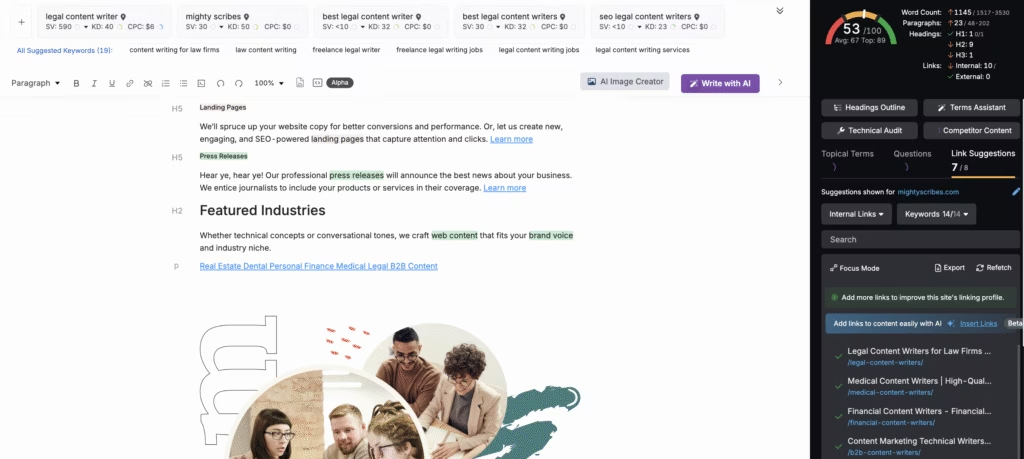
To streamline internal linking during content creation, use the Search Atlas Content Genius Tool. The tool maps internal connections, recommends context-aware anchors, and aligns each suggestion with keyword clusters and content depth.
To plan internal linking before publishing new content, use the Search Atlas Topical Map Generator Tool. The Search Atlas Topical Map Generator Tool organizes topics into structured content groups, reveals how pages relate, and shows where internal links need to connect.
10. Monitor SEO Performance
SEO performance refers to how well a website ranks, engages users, and maintains technical stability over time. SEO performance appears in keyword positions, traffic trends, and indexing behavior. SEO performance affects long-term success by showing what works and what needs improvement.
Monitoring SEO performance reveals ranking shifts, technical issues, and content gaps before they impact visibility. Tracking SEO metrics with analytics tools helps teams make informed decisions. Unified reporting reduces delays, improves response time, and helps prioritize SEO actions across campaigns.
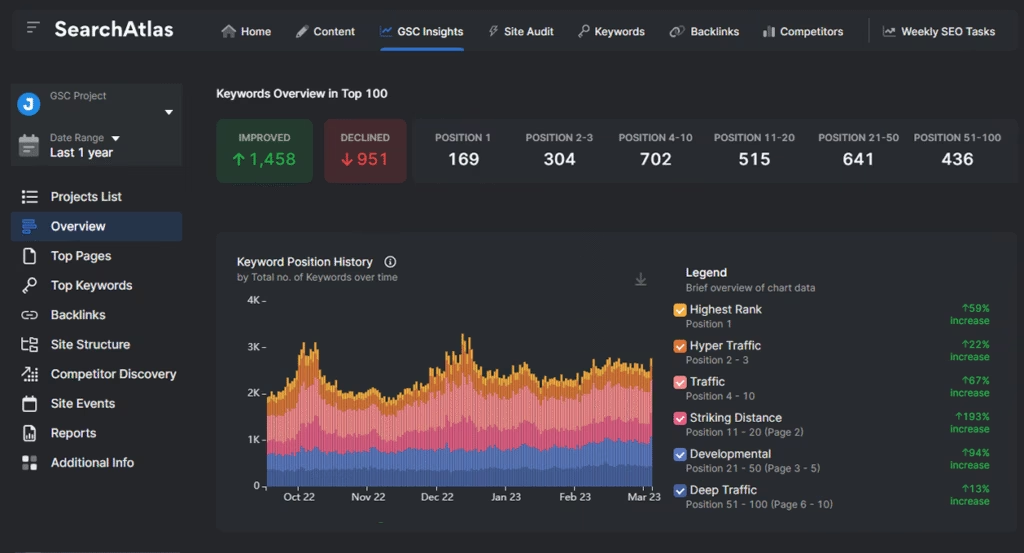
The Search Atlas Platform offers a complete and unified SEO monitoring system. The Ranking Tracker Tool monitors keyword positions by location and device. The Search Atlas platform centralizes data from Google Search Console (GSC) and Google Analytics (GA4) into a single dashboard.
How long does it take to see results from White Hat SEO?
White Hat SEO usually shows results in 3 to 6 months. This timeframe depends on content quality, competition level, and search engine behavior.
Is White Hat SEO slower than other methods?
Yes. White Hat SEO is slower but safer. While Black Hat SEO often delivers faster results, it risks penalties and long-term damage. White Hat SEO takes more time because it follows ethical standards and earns trust from search engines.
Should You Use White Hat SEO If You Need Fast Results?
No. Use paid campaigns for quick wins. White Hat SEO supports long-term traffic growth but does not deliver instant performance. Paid ads, influencer campaigns, or affiliate pushes work better when you need quick results. Combine SEO with PPC if short-term and long-term goals matter.
Can White Hat SEO be automated ethically?
Yes. Ethical automation supports White Hat SEO techniques. AI SEO tools that follow guidelines streamline content updates, backlink checks, and crawl improvements. OTTO SEO, the AI assistant in Search Atlas, automates White Hat SEO tasks without violating search engine rules.
What does OTTO SEO automate inside a White Hat strategy?
OTTO automates SEO tasks like title tags, meta descriptions, canonical tags, and broken link fixes. OTTO SEO manages Google Business Profile updates, including Q&A refreshes and review responses.




